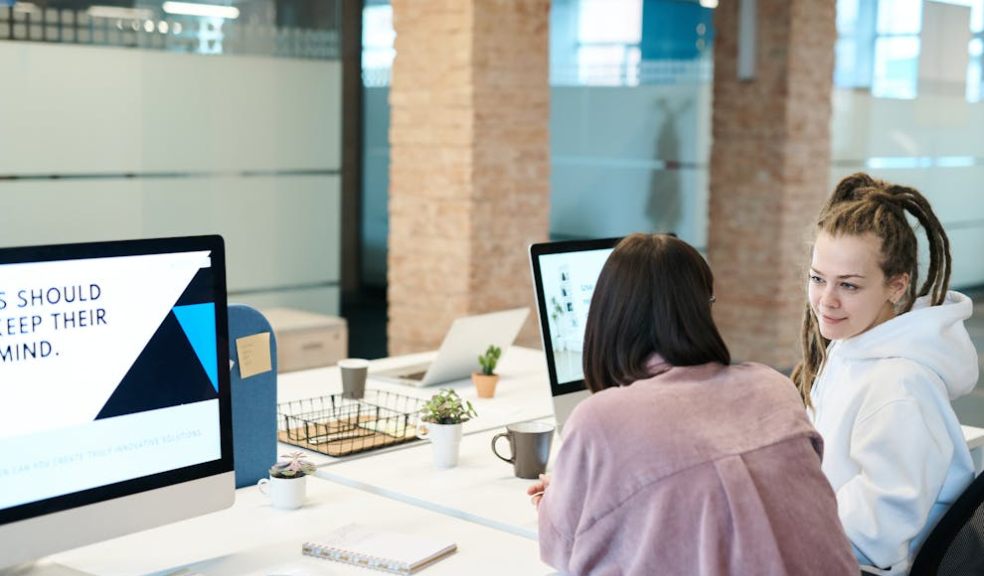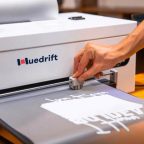
Modern Office Design: Blending Aesthetics With Functionality
Modern office design significantly influences productivity and creativity, serving as more than just a backdrop for daily operations. By skilfully blending aesthetics with functionality, companies create environments that inspire and support their staff. Strategic design choices, from the layout to the decorative elements, directly impact employee well-being and operational efficiency. This approach makes thoughtful office design a wise investment for any company seeking to enhance its workspace.
Understanding how to integrate these elements effectively ensures that the workplace is both a visually appealing and highly functional space. Keep reading as we explore how effective office design is in creating spaces that are as beautiful as they are practical.
The Evolution Of Office Spaces
Office design has dramatically shifted from the rigid cubicles of yesteryears to today’s dynamic layouts. This evolution reflects changes in work habits, such as the rise of remote working and the emphasis on collaborative spaces. Companies now favour designs that accommodate flexibility and encourage a seamless flow of ideas. Adapting to this shift involves reassessing space usage and incorporating flexible furniture that can serve multiple purposes.
Key Elements Of Aesthetic And Functional Design
Striking the right balance between aesthetics and functionality means you have to focus on optimising natural lighting, selecting ergonomic furniture, and choosing harmonious colour schemes. Design workspaces to maximise exposure to natural light, which not only boosts mood but also enhances productivity. Use mirrors or install reflective surfaces to spread light more evenly across the area.
Ergonomic furniture is essential for supporting employee health, as it helps in reducing workplace injuries and increasing comfort. Select chairs, desks, and workstations that adjust to the user's body, promoting good posture. Colour schemes should align with your brand’s identity while creating a welcoming and calm environment. Go for colours that induce a sense of tranquillity and focus, such as soft blues or vibrant greens.
Technology And Office Design
Integrating technology into office design is crucial for fostering a smarter, more efficient workplace environment. Begin by incorporating advanced connectivity solutions that facilitate effortless communication and collaboration. This might include high-speed internet, wireless charging stations, and integrated conference technology in meeting rooms. Smart furniture plays a pivotal role; adjustable desks and ergonomic chairs with tech features like posture sensors or activity prompts can greatly enhance employee health and productivity.
Environmental control technology, such as smart thermostats and automated lighting systems, helps maintain a comfortable office environment efficiently. By implementing these technologies, offices not only increase their functional capabilities but also improve their overall work atmosphere.
Design Tips For Small To Medium Enterprises
When small to medium enterprises consider upgrading their office design, it’s essential to maximise both space and budget effectively. Opting for multi-functional furniture is a wise decision; desks that come with built-in storage solutions provide a two-in-one function that saves both space and expense. For technological enhancements, choosing scalable options allows for technology that adapts and grows with the business. This foresight ensures that the design remains suitable for future demands.
An exemplary practice is to consult with experts in workplace design, such as Amos Beech. With a wealth of experience in crafting efficient spaces, they can provide bespoke solutions that marry style with substance. Their insight can help reimagine a small office to be more engaging and versatile, without overspending. Simple adjustments, such as optimising lighting for both energy efficiency and comfort, along with creating accessible seating areas, can significantly transform an office space. These improvements not only elevate the appearance of the office but also its functionality, creating an environment where both staff and business can thrive.
The Future Of Office Design
Future trends in office design are leaning towards sustainability and enhancing employee well-being. An increased focus on biophilic design, which weaves natural elements into the workplace, is becoming more prevalent. This strategy acknowledges the positive impact of the natural environment on human health, aiming to reduce stress and foster well-being. To adopt this approach, consider introducing plant life, maximising natural light, and using materials that evoke the outdoors.
As work practices evolve, office spaces are also becoming more adaptive. Furniture and spaces are now designed for easy reconfiguration, supporting a multitude of tasks, and catering to the varied needs of workers. For businesses looking to future-proof their workspaces, flexibility is key. Incorporating movable partitions, modular furniture, and adjustable lighting systems can allow an office to transform quickly and efficiently.
The drive towards more personalised and health-focused office designs reflects a broader recognition of the role the environment plays in well-being and productivity. It encourages businesses to create spaces that not only look good but feel good to work in, and that can change as the needs of the company and its employees do.
Time To Make A Change
Revitalising your office space by blending aesthetics with functionality enhances productivity and plays a critical role in employee satisfaction and retention. Evaluate your current office design and consider implementing some of the strategies discussed to create a beautiful and practical space. Don’t hesitate to seek advice from design professionals who can tailor these ideas to suit your needs.













